When animals invade ecosystems where they don’t belong, things can get ugly—fast. Invasive species can throw off the balance of entire ecosystems by outcompeting native species, destroying habitats, and even spreading disease. What makes them so dangerous is that they often have no natural predators in their new environment, allowing them to multiply rapidly and take over. Some invasive species were introduced by humans (intentionally or not), while others spread naturally due to climate change or shifting habitats.
1. Burmese Pythons (Florida, USA)
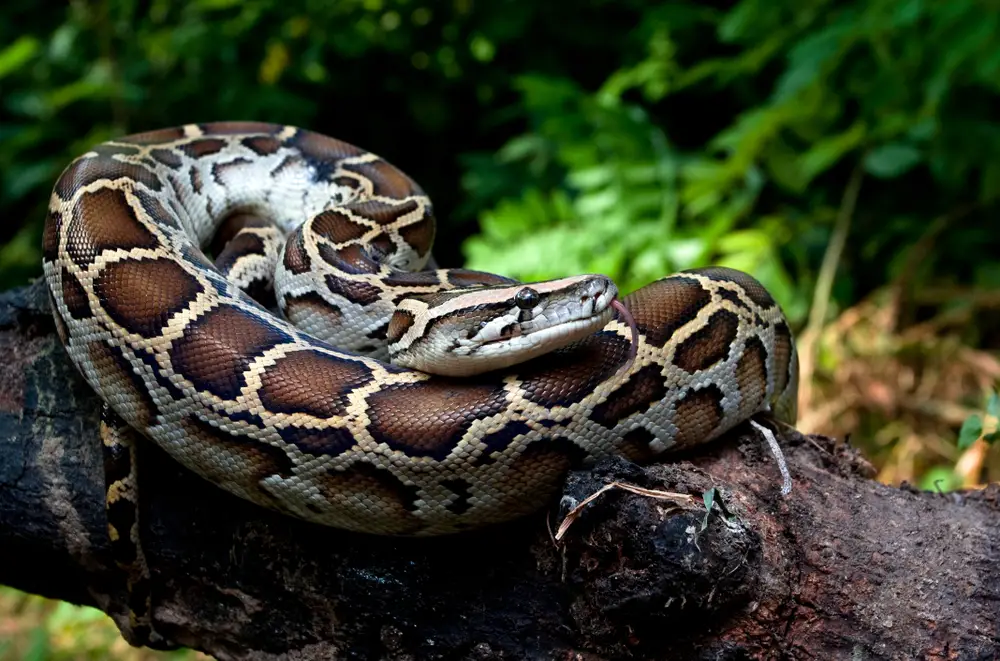
Burmese pythons have turned Florida’s Everglades into their personal hunting ground. Originally native to Southeast Asia, these massive snakes were introduced to Florida through the exotic pet trade. When overwhelmed owners released them into the wild, the pythons thrived—and multiplied. With no natural predators in the Everglades, they’ve decimated native mammal populations, including raccoons, rabbits, and even deer. The ecological impact has been so severe that some areas have seen a 90% drop in small mammal populations.
What makes them so dangerous is their size and stealth. Burmese pythons can grow over 20 feet long and squeeze the life out of their prey with terrifying efficiency. They’ve even been known to take down alligators. Wildlife officials have launched large-scale python hunts to try to control the population, but the pythons are proving hard to eradicate. These snakes are now a permanent threat to the delicate Everglades ecosystem.
2. European Green Crabs (North America)
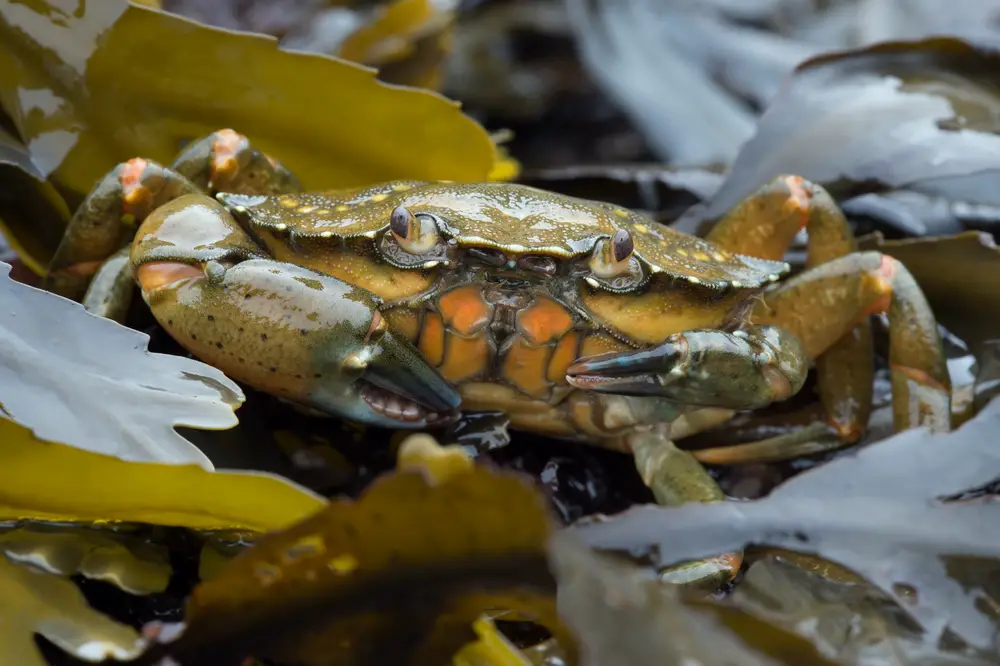
Don’t be fooled by their size—European green crabs are tiny but mighty ecological bullies. First introduced to North America in the early 1800s, these crabs are highly aggressive and known for outcompeting native crab species. They have an insatiable appetite for clams, mussels, and small shellfish, which has devastated commercial shellfish industries and disrupted the marine food chain. Their digging habits also destroy seagrass beds, which are essential nurseries for young fish and marine life.
The problem is that European green crabs are tough and adaptable. They can survive in a wide range of temperatures and salinity levels, allowing them to spread rapidly along both the Atlantic and Pacific coasts. Efforts to control them have included trapping and even culinary solutions (green crab chowder, anyone?), but their numbers continue to rise. Scientists warn that if left unchecked, these crabs could cause irreversible damage to coastal ecosystems.
3. Cane Toads (Australia)
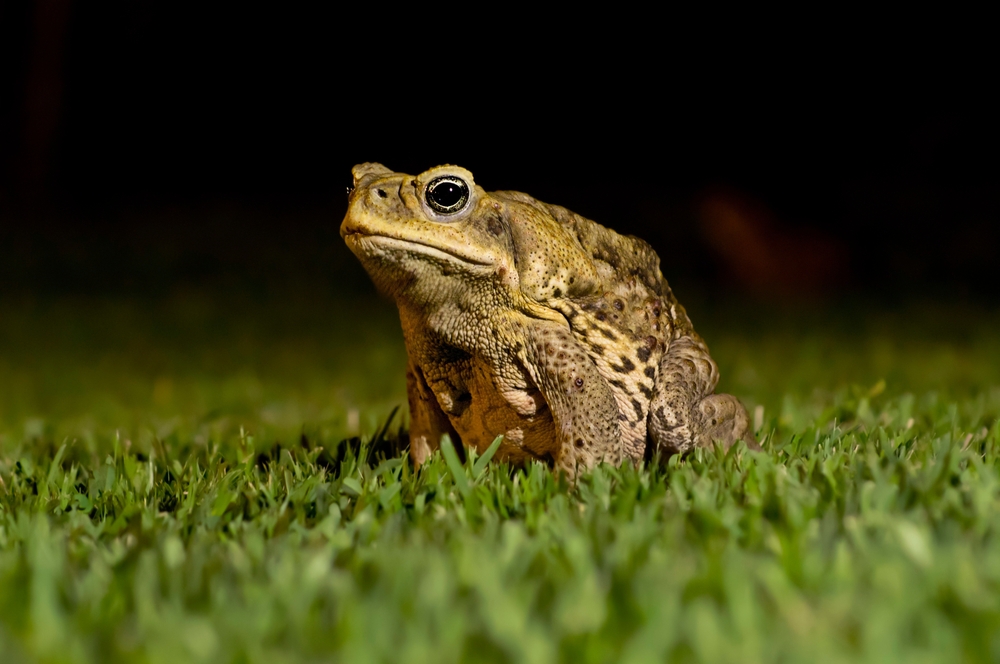
Cane toads were introduced to Australia in the 1930s to control beetles that were damaging sugarcane crops. That plan backfired spectacularly. With no natural predators and toxic skin that can kill would-be attackers, cane toads spread like wildfire. They’ve poisoned countless native animals, including snakes, lizards, and birds that made the mistake of trying to eat them. Some species have seen dramatic population declines due to the spread of cane toads.
To make matters worse, cane toads reproduce at an alarming rate. A single female can lay up to 30,000 eggs at a time. Their toxic secretions are so powerful that even touching them can harm small animals. Efforts to curb their population have been largely unsuccessful, and scientists now consider cane toads one of the most damaging invasive species on the planet.
4. Asian Carp (USA)
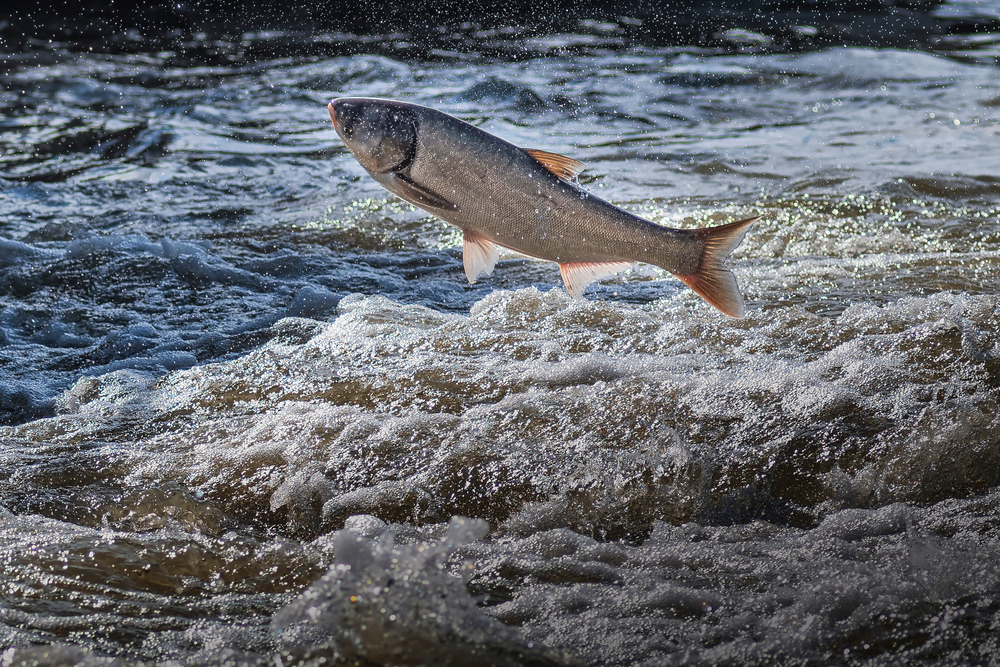
Asian carp are the aquatic equivalent of a wrecking ball. Originally brought to the U.S. to control algae growth in fish farms, these massive fish escaped into the wild and have been dominating rivers and lakes ever since. They eat voraciously, consuming up to 40% of their body weight in plankton each day. This has starved out native fish species that depend on plankton as a food source.
What makes Asian carp particularly dangerous is their ability to leap out of the water when disturbed by boats. Boaters have reported serious injuries from being hit by these flying fish. Efforts to prevent them from reaching the Great Lakes have involved electric barriers and physical traps, but the carp are proving difficult to contain. If they make it to the Great Lakes, the ecological impact could be catastrophic.
5. Zebra Mussels (USA and Europe)
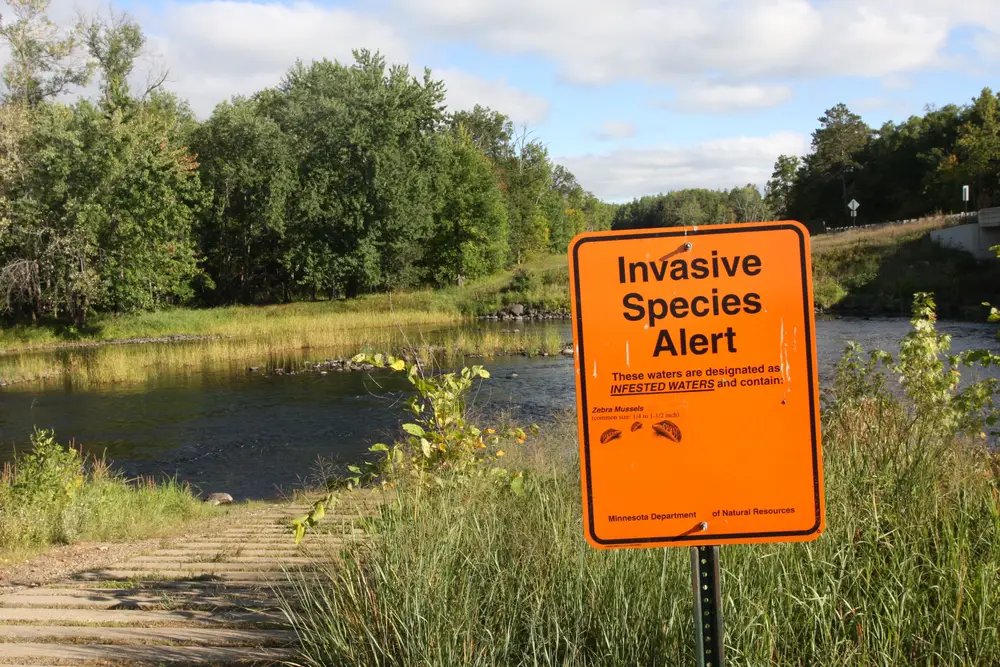
Zebra mussels are small, but they wreak enormous havoc. Native to Eastern Europe, they were introduced to North America through ballast water from ships. Once established, zebra mussels attach themselves to virtually any hard surface, clogging pipes, damaging infrastructure, and suffocating native mussel species. Their ability to filter water rapidly also disrupts nutrient cycles, leading to algae blooms and fish die-offs.
Zebra mussels reproduce at staggering rates. A single female can produce over a million eggs per year, making eradication nearly impossible. Their sharp shells also pose a threat to swimmers and recreational boaters. Once zebra mussels invade a body of water, they’re nearly impossible to remove completely.
6. Feral Cats (Worldwide)
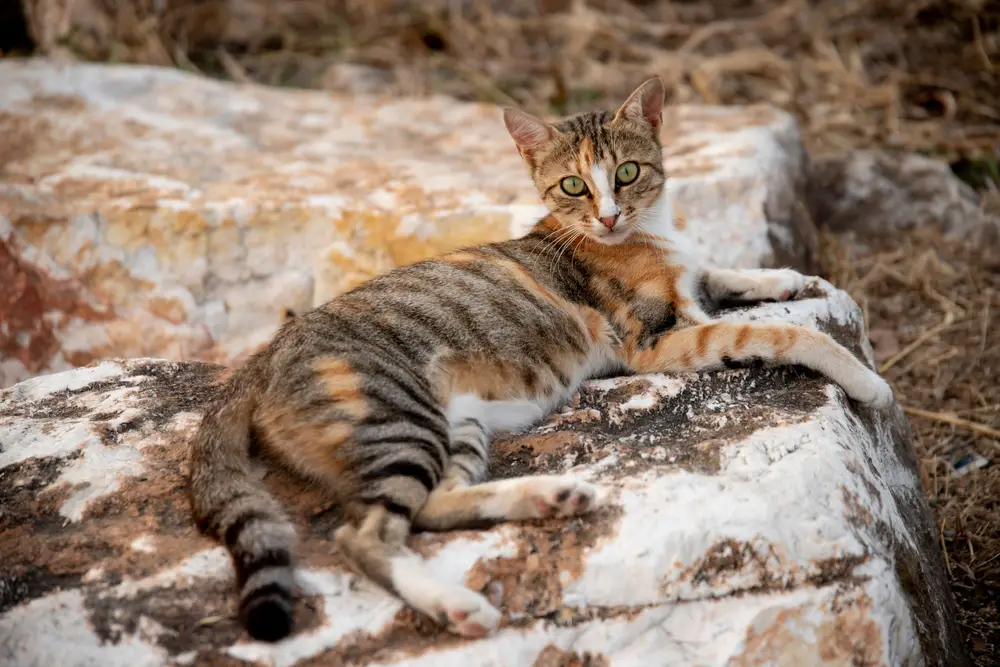
Feral cats might seem harmless, but they’ve become a major threat to native wildlife in many ecosystems. Unlike house cats, feral cats hunt for survival, preying on birds, small mammals, and reptiles. In Australia alone, feral cats kill an estimated two billion animals each year. This has led to steep declines in native bird and mammal populations.
The problem is that feral cats are highly adaptable and breed rapidly. Efforts to trap and neuter them have had limited success, and culling programs have sparked public controversy. In some areas, feral cats have become apex predators, altering the entire balance of local ecosystems. It’s a complex issue with no easy solution.
7. Lionfish (Atlantic Ocean)
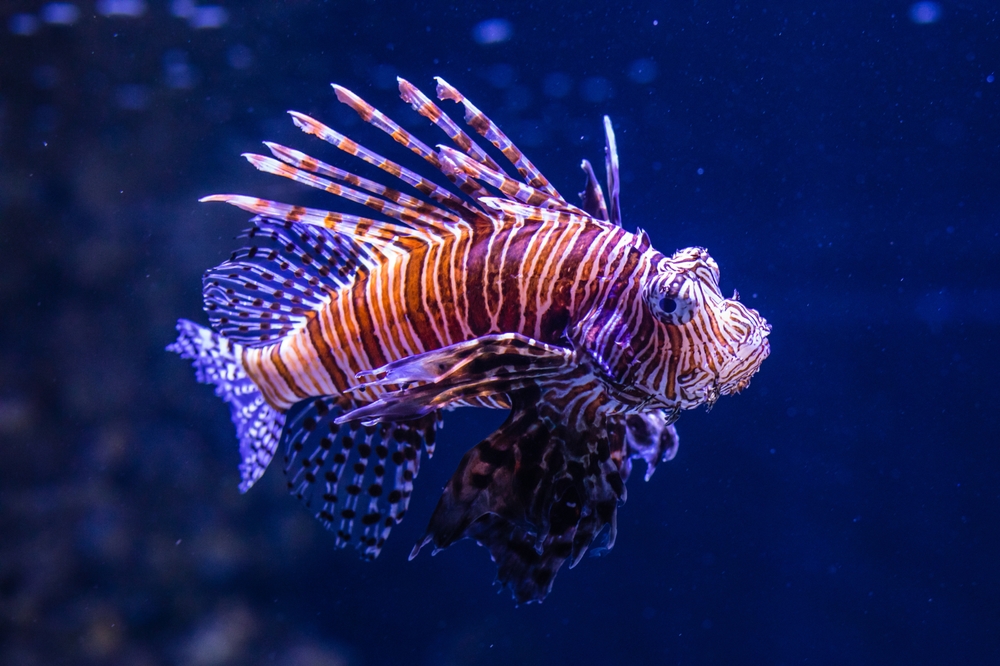
Lionfish are beautiful but deadly. Native to the Indo-Pacific, they were introduced to the Atlantic through the aquarium trade. Without natural predators in their new environment, lionfish populations have exploded. They feed on small fish and crustaceans, rapidly outcompeting native species and disrupting coral reef ecosystems.
Lionfish have venomous spines, which make them dangerous not only to other fish but also to humans. Efforts to control their population have included organized hunting and even promoting lionfish as a food source. Despite these efforts, lionfish continue to spread rapidly. They’ve become one of the most destructive invasive species in the Atlantic.
8. Argentine Ants (Worldwide)
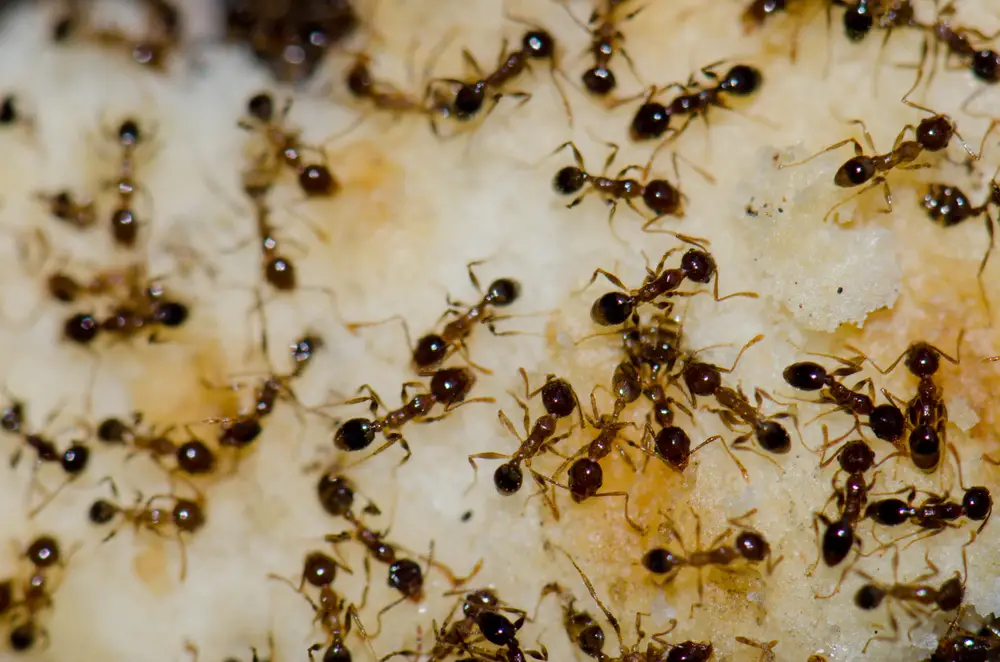
Argentine ants are the ultimate invasive species. They form “supercolonies,” with billions of ants working together to dominate food sources and territory. Native to South America, they’ve spread to six continents, where they outcompete native ant species and disrupt local ecosystems.
Their strength lies in their cooperation. Argentine ants from different colonies don’t fight each other, allowing them to overwhelm other species through sheer numbers. They’ve been linked to declines in bird and reptile populations because they destroy food sources and prey on insect eggs. These ants are nearly impossible to eliminate once established.
9. Brown Tree Snakes (Guam)
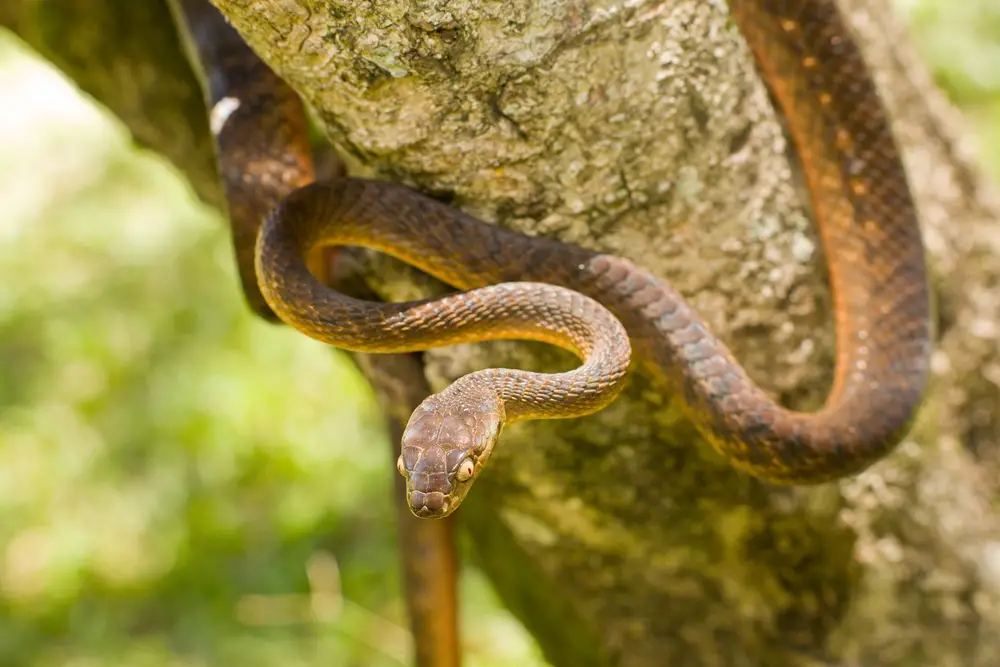
Brown tree snakes have turned Guam into their personal hunting ground—and the island’s ecosystem is paying the price. Originally from Australia and Papua New Guinea, these snakes were accidentally introduced to Guam after World War II, likely as stowaways in cargo shipments. With no natural predators on the island, the brown tree snake population exploded. They’ve decimated Guam’s native bird species, including some that are now extinct in the wild. The loss of birds has had a domino effect, disrupting seed dispersal and the growth of native plants.
The problem is that brown tree snakes are incredibly adaptable and reproduce quickly. They’re excellent climbers and have even caused power outages by slithering into electrical systems. Wildlife officials have tried various control measures, including deploying poisoned mice as bait, but the snake population remains stubbornly high. The brown tree snake invasion serves as a stark reminder of how quickly an introduced predator can dismantle an ecosystem.
10. Giant African Land Snails (Florida, USA)
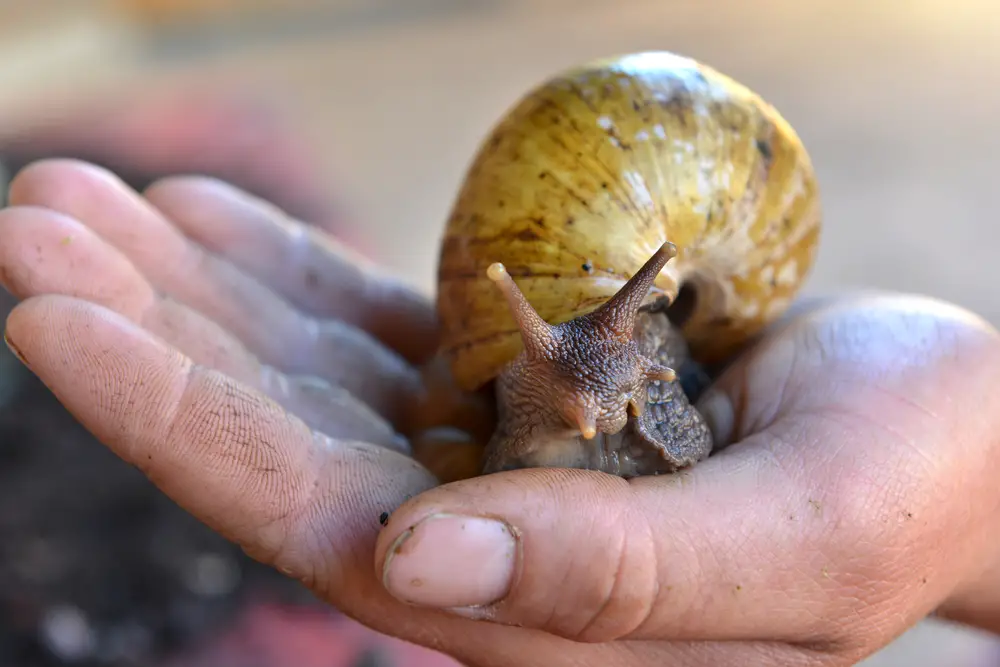
Giant African land snails may look harmless, but they’re classified as one of the most dangerous agricultural pests in the world. These snails were introduced to Florida through the pet trade and illegal imports, and they’ve been wreaking havoc ever since. They consume over 500 species of plants, damaging crops and native vegetation. Even worse, their shells are so tough that they can damage farm equipment and infrastructure.
Their ability to carry parasites, including the rat lungworm, makes them especially dangerous, which can cause a rare form of meningitis in humans. Giant African land snails reproduce rapidly, with each snail capable of laying hundreds of eggs at a time. Eradication efforts have involved both chemical treatments and hand-collection programs, but the snails continue to spread. Left unchecked, they pose a serious threat to both human health and agriculture.
11. Northern Pacific Seastars (Australia)
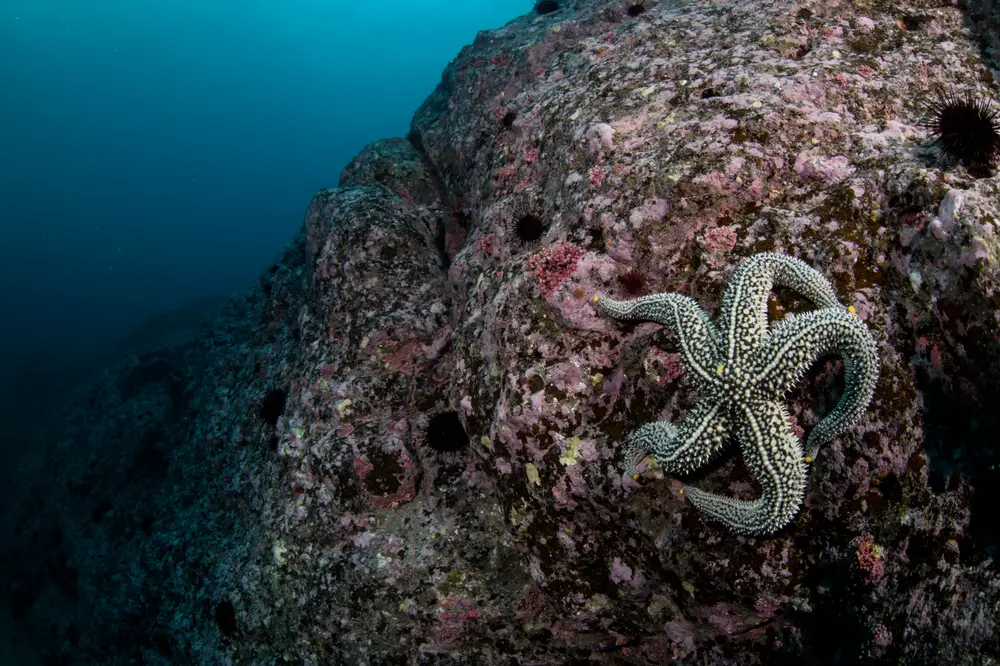
Northern Pacific seastars are like the underwater version of a hostile takeover. Native to the waters around Japan and Korea, they were accidentally introduced to Australian waters through ballast water from ships. These seastars are voracious predators, feeding on mussels, clams, and other shellfish. They’ve devastated Australia’s shellfish industry and caused declines in native marine species.
What makes Northern Pacific seastars particularly destructive is their reproductive ability. A single female can produce over 20 million eggs per year, making population control nearly impossible once they establish themselves. They have few natural predators in Australian waters, which allows them to dominate coastal ecosystems. Marine biologists are working on containment strategies, but the seastars’ rapid spread remains a major challenge.
12. Wild Boars (Worldwide)
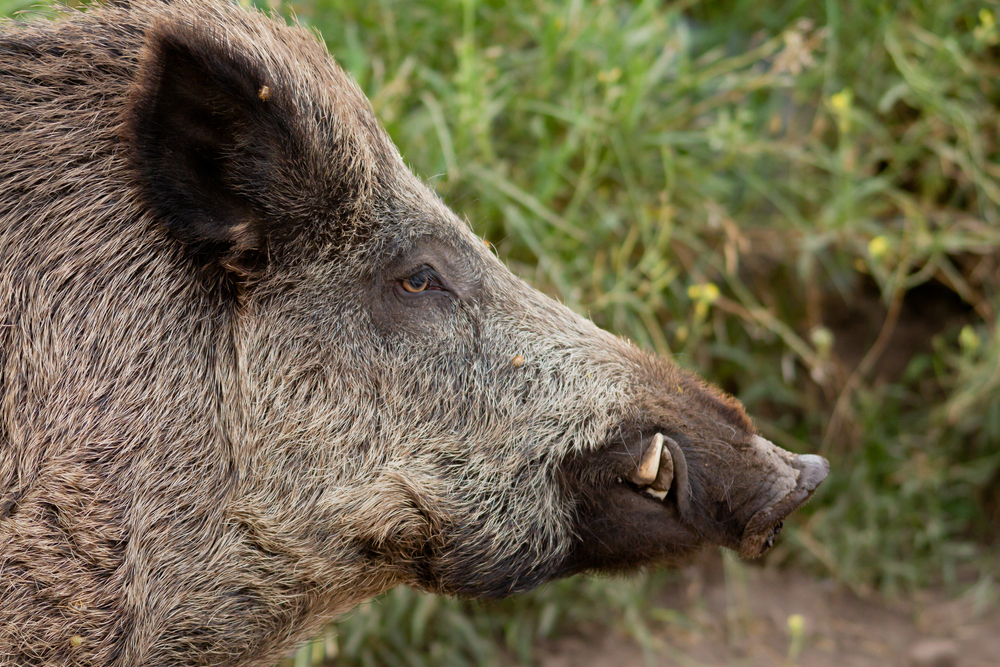
Wild boars are a global problem, causing ecological destruction on nearly every continent except Antarctica. Originally from Europe and Asia, they’ve spread through human introduction and natural migration. Wild boars are highly adaptable and breed rapidly, with sows producing multiple litters per year. They root through soil in search of food, destroying native plant life and creating erosion problems. Their feeding habits disrupt entire ecosystems, including forests, grasslands, and agricultural areas.
Wild boars are also aggressive and can pose a threat to humans and livestock. They’ve been known to attack farmers and spread diseases like swine fever and foot-and-mouth disease. Efforts to control their population have included hunting, trapping, and sterilization programs. However, wild boars’ high reproductive rates and adaptability make them extremely difficult to eradicate. They’ve become one of the most damaging invasive species worldwide.
